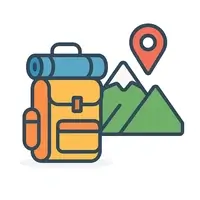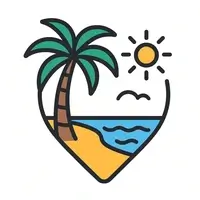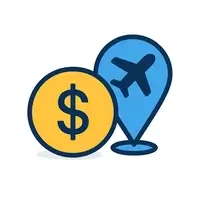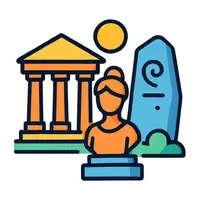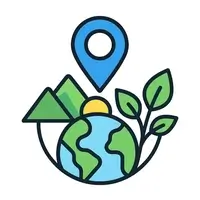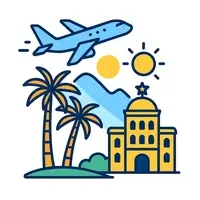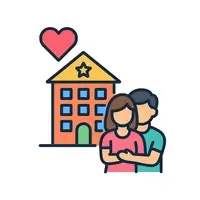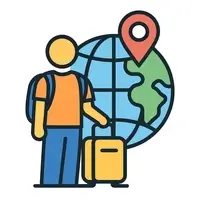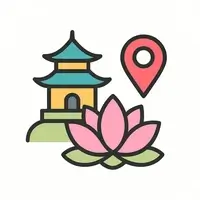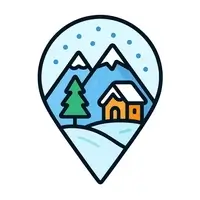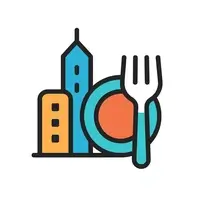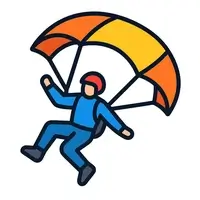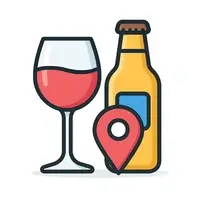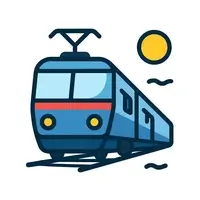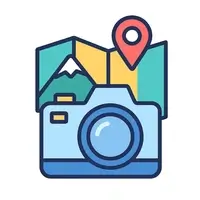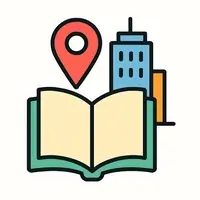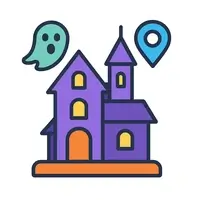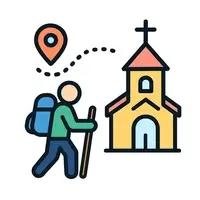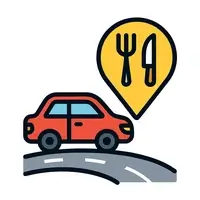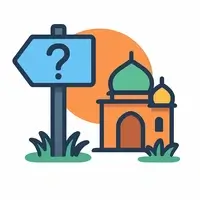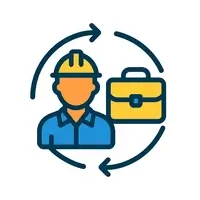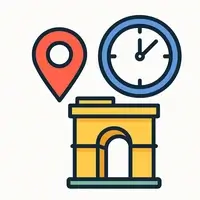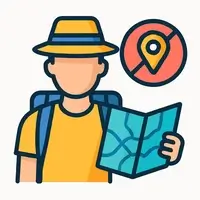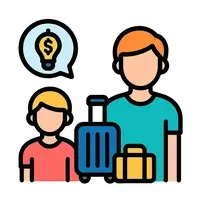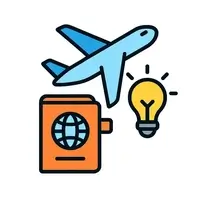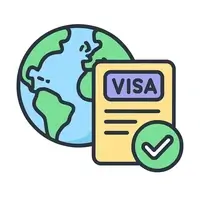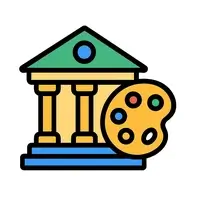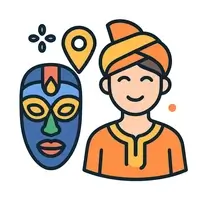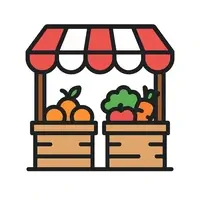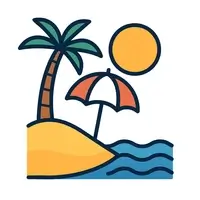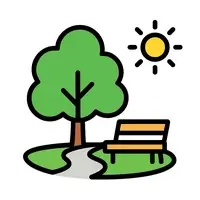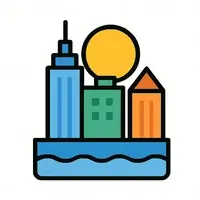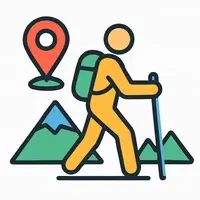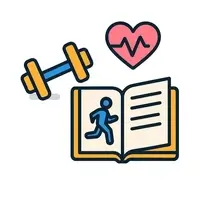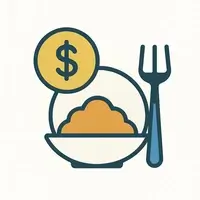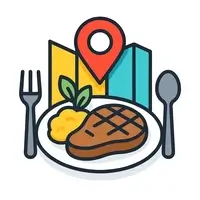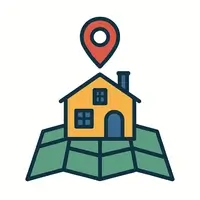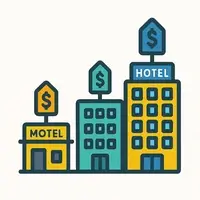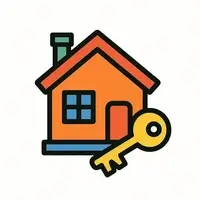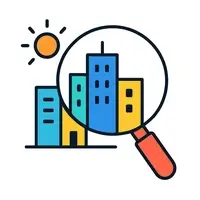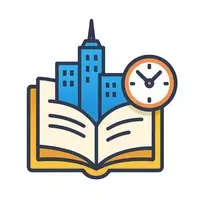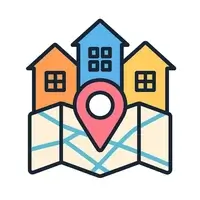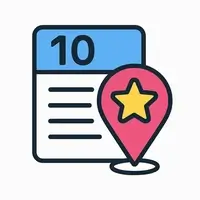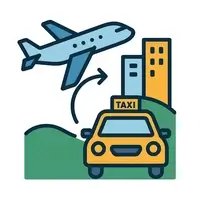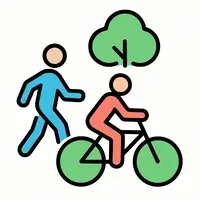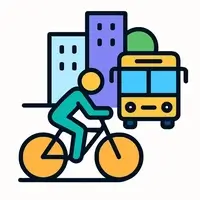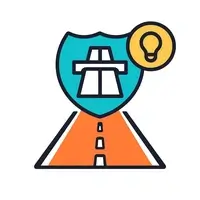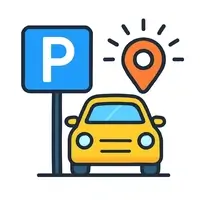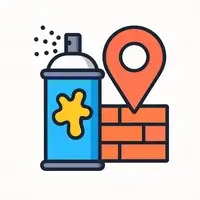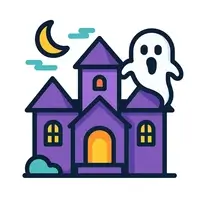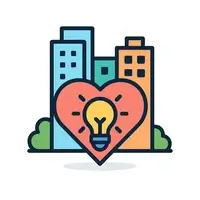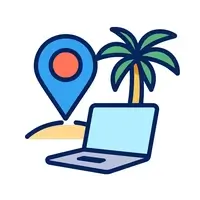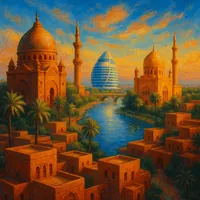
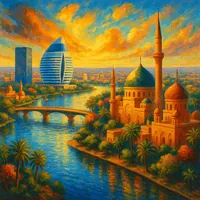
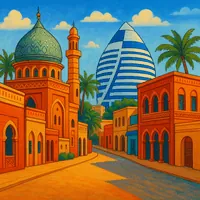
Khartoum, Sudan
Population: 7,869,000
Khartoum, Sudan, is uniquely positioned at the confluence of the Blue and White Nile rivers, offering a rare geographical spectacle where these mighty waterways merge. This distinct feature not only shapes the city's landscape but also its cultural and economic life. The blend of modern and traditional is palpable, with its bustling souks and colonial-era architecture standing alongside the striking modernity of projects like the Al-Mogran Development. Khartoum's lush Tuti Island, caught serenely between the Niles, adds to its unparalleled charm.
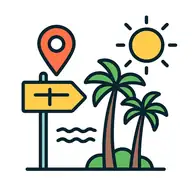

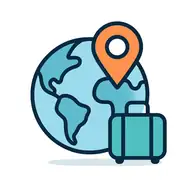
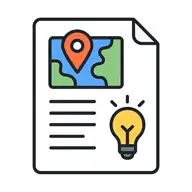




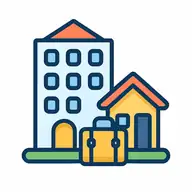
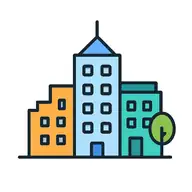



Notable points about Khartoum
- Confluence of the Blue and White Nile: Khartoum is uniquely situated at the confluence of the Blue and White Nile rivers, making it a striking geographic and hydrological landmark. This meeting point creates stunning natural vistas and plays a significant role in the city's irrigation and agriculture.
- Cultural Melting Pot: As the capital of Sudan, Khartoum is a major cultural hub. It hosts a diverse mix of ethnic groups and cultures, reflected in its vibrant arts scene, traditional music, and festivals. Key attractions include the Sudan National Museum and the Omdurman Souq, one of Africa’s largest markets.
- Historical Significance: Khartoum offers a rich historical tapestry, from the ancient kingdoms of Nubia to its role in the Mahdist War. The city houses several historic sites, such as the tomb of Muhammad Ahmad, the Mahdi, and the confluence of Nile monument.
- Educational Center: For those interested in academic pursuits, Khartoum is home to several prominent universities, such as the University of Khartoum, which is known for its contributions to scientific and social research in Sudan.
- Family-Friendly Environment: Families can enjoy numerous parks and recreational areas alongside the Nile, such as Tuti Island, which offers open spaces for picnics, sports, and relaxation in a safe and picturesque setting.
- Vibrant Nightlife and Dining: Singles and couples can explore Khartoum's growing nightlife and dining scene. The city offers an array of restaurants along the riverbank, which provide not only diverse cuisines but also lively atmospheres with traditional Sudanese hospitality.
- Transportation Hub: Khartoum’s strategic location makes it a vital transportation hub within Sudan and East Africa. It offers well-connected air, road, and railway networks, facilitating ease of travel for business and tourism.
- Distinct from Other Sudanese Cities: Unlike other cities in Sudan, Khartoum's cosmopolitan nature and status as the political and economic center provide diverse opportunities for employment, education, and cultural exposure that are not available elsewhere in the country.
- Eco-Friendly Projects: For environmentally conscious visitors, Khartoum is increasingly embracing eco-friendly initiatives, with projects aimed at sustainable urban development and maintaining its unique natural landscapes along the Nile.
- Climate and Lifestyle: The city offers a warm desert climate, providing year-round sunshine that appeals to those who enjoy outdoor activities. The abundance of outdoor cafes and social gathering spots along the Nile make it a lively place for retirees or anyone looking for a laid-back lifestyle.
Summarized Traveller Reviews
Khartoum's Neighborhoods
Amarat
🎯 Key Attractions
- Taka Café: An elegant café hidden in a converted villa, known for strong coffee and soft jazz.
- Friendship Hall: A grand multipurpose venue hosting everything from international expos to poetry readings.
- The Yellow Gate Bookshop: A cozy, lesser-known bookshop rumored to carry rare translations and pre-1989 publications.
✨ Unique Aspects
It’s not loud about it, but this is where power has dinner—if you know which gate to knock on.
Al-Mogran
🎯 Key Attractions
- Al-Mogran Family Park: A riverside park with manicured lawns and a surprisingly decent falafel stand.
- The Presidential Palace Viewpoint: You can’t enter, but you can stand across the street and feel history vibrating in the heat.
- Bridge Echo Café: A semi-fictional café with views of both Niles and quiet arguments about poetry.
✨ Unique Aspects
Where land meets legend. The streets feel empty, but that’s because the real movement is behind hedged walls.
Al-Riyadh
🎯 Key Attractions
- Assaha Hotel: An architecturally stunning Lebanese hotel with hidden meeting rooms and rooftop views.
- Blue Nile Sailing Club: You don't have to sail to sit at the bar and watch the river slide past.
- The Rooftop Thursdays: An unofficial series of house parties that never advertise but everyone seems to find.
✨ Unique Aspects
Half the world's development projects start here—alongside some of the city’s best late-night shawarma.
Bahri (Khartoum North)
🎯 Key Attractions
- Souq Bahri: An endless sprawl of stalls selling everything from spices to spare parts—and opinions.
- Al Mek Nimr Bridge: A link between Khartoum and Bahri that’s more symbolic than concrete.
- Factory Line 27: A fictional artists’ collective housed in a disused soap factory—if you can find it.
✨ Unique Aspects
There’s a noise to Bahri that doesn't just come from engines. It’s the sound of something being made.
Al-Sajana
🎯 Key Attractions
- Car Parts Market: Even if you don’t need a car part, you might find a story.
- Al-Sajana Mosque: A local landmark built by traders and maintained by hands that smell of grease.
- The Gearbox Café: A make-believe coffee stall where mechanics debate politics with their hands full of bolts.
✨ Unique Aspects
There’s more wisdom here than in any boardroom—though it’s usually covered in engine oil.
Al-Kalakla
🎯 Key Attractions
- Kalakla Al Qubba Mosque: A spiritual and visual anchor in a sea of concrete growth.
- Neighborhood Tea Corners: Unofficial but universal—plastic stools, small fires, and endless conversation.
- The Bus Stop Theater: Not a real theater—just where the best arguments and jokes happen every morning.
✨ Unique Aspects
There’s no map for Kalakla—you have to feel your way through it, one tea cup at a time.
Khartoum 2
🎯 Key Attractions
- Ozone Café: Too popular, too expensive, and still the place everyone ends up.
- Riyadh Street Boutiques: Clothing shops and imported perfumes that smell like the Gulf.
- The Silent Garden: An unlisted backyard café known for Sudanese jazz nights and cardamom cake.
✨ Unique Aspects
If Amarat is where influence lives, Khartoum 2 is where it goes to breathe.
Shambat
🎯 Key Attractions
- University of Khartoum - Agriculture Campus: Where Sudan’s future food and thinkers grow.
- Shambat Market: Fresh produce, hand-woven baskets, and opinions too ripe to ignore.
- The Greenhouse Library: A semi-fictional structure covered in ivy that only opens after 4PM.
✨ Unique Aspects
In Shambat, time feels slower—but somehow everything still gets done.
Al-Daim
🎯 Key Attractions
- Al-Daim Market: A tangle of commerce, gossip, and grilled corn.
- Local Football Grounds: More dust than grass, but more passion than most stadiums.
- The Rooftop Debates: A fictional evening series of rooftop arguments that sound like songs.
✨ Unique Aspects
Al-Daim isn’t trying to impress you. That’s exactly why it stays unforgettable.
Tuti Island
🎯 Key Attractions
- Tuti Bridge Walkway: A peaceful crossing with views of a city that looks better from afar.
- Palm Groves and Fields: You’ll hear more donkeys than engines here.
- The Mango Tree Circle: A story-swapping spot that may or may not exist on every map.
✨ Unique Aspects
People go to Tuti for peace. Some stay because they forget what they were escaping.

